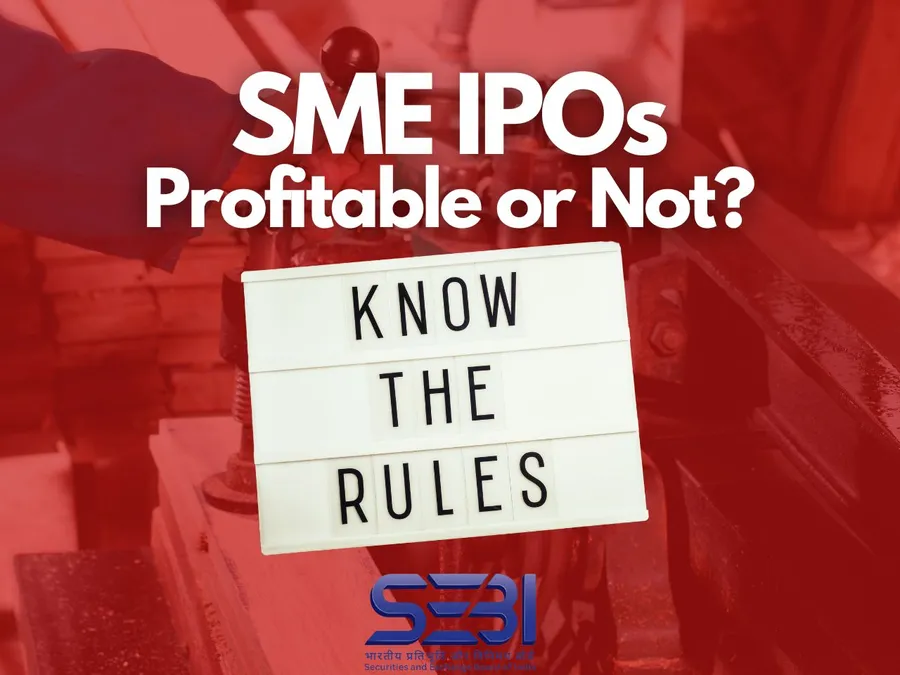 Image Source: TICE News
Image Source: TICE News
The Securities and Exchange Board of India (Sebi) has rolled out a sweeping overhaul of its regulatory framework for SME IPOs, sparking a nationwide debate: are these reforms a much-needed safeguard for investors, or a potential chokehold on India’s most dynamic enterprises? With the new rules effective from July 1, 2025, the SME ecosystem is at a crossroads—balancing transparency and investor protection with the need for accessible capital.
1. What’s New in Sebi’s SME IPO Framework?
-
Profitability Threshold: SMEs must now show a minimum EBITDA of ₹1 crore in at least two of the last three years.
-
Promoter Lock-In: Excess promoter holdings are now subject to phased lock-ins—50% for one year, the rest for two.
-
Offer-for-Sale (OFS) Cap: Limited to 20% of the issue size to prevent early exits.
-
Use of Funds: IPO proceeds cannot be used to repay loans to promoters or related parties; general corporate purposes capped at ₹10 crore or 15% of the issue.
-
Transparency Boost: Draft prospectuses must be open for public review for 21 days, with mandatory QR codes in ads for easy access.
2. Why It Matters
-
Investor Protection: The reforms aim to curb speculative trading, inflated valuations, and misuse of IPO proceeds—issues that plagued nearly 40% of SME IPOs between 2018–2023.
-
Capital Access Concerns: Critics argue that the one-size-fits-all profitability rule may exclude high-potential, loss-making startups—especially in tech and innovation sectors.
-
Market Impact: Over 30 SME IPOs were rushed to market in June 2025 ahead of the rule change, raising ₹1,380 crore, indicating a short-term slowdown may follow.
3. Industry Reactions
-
Supporters say the framework mirrors global best practices (like the UK’s AIM) and will mature India’s SME market into a more stable, transparent platform.
-
Skeptics warn of a potential “funding winter” if overregulation deters startups and institutional investors from participating.
4. What’s Next?
Experts suggest Sebi may need to adopt a tiered compliance model, allowing high-growth startups with credible backers to access markets with lighter norms. Incentivizing QIB participation and easing migration rules to the main board could also help balance risk and growth.
Sources: BusinessWorld, MSN, IPO Central, Finlaw
Advertisement
Advertisement







